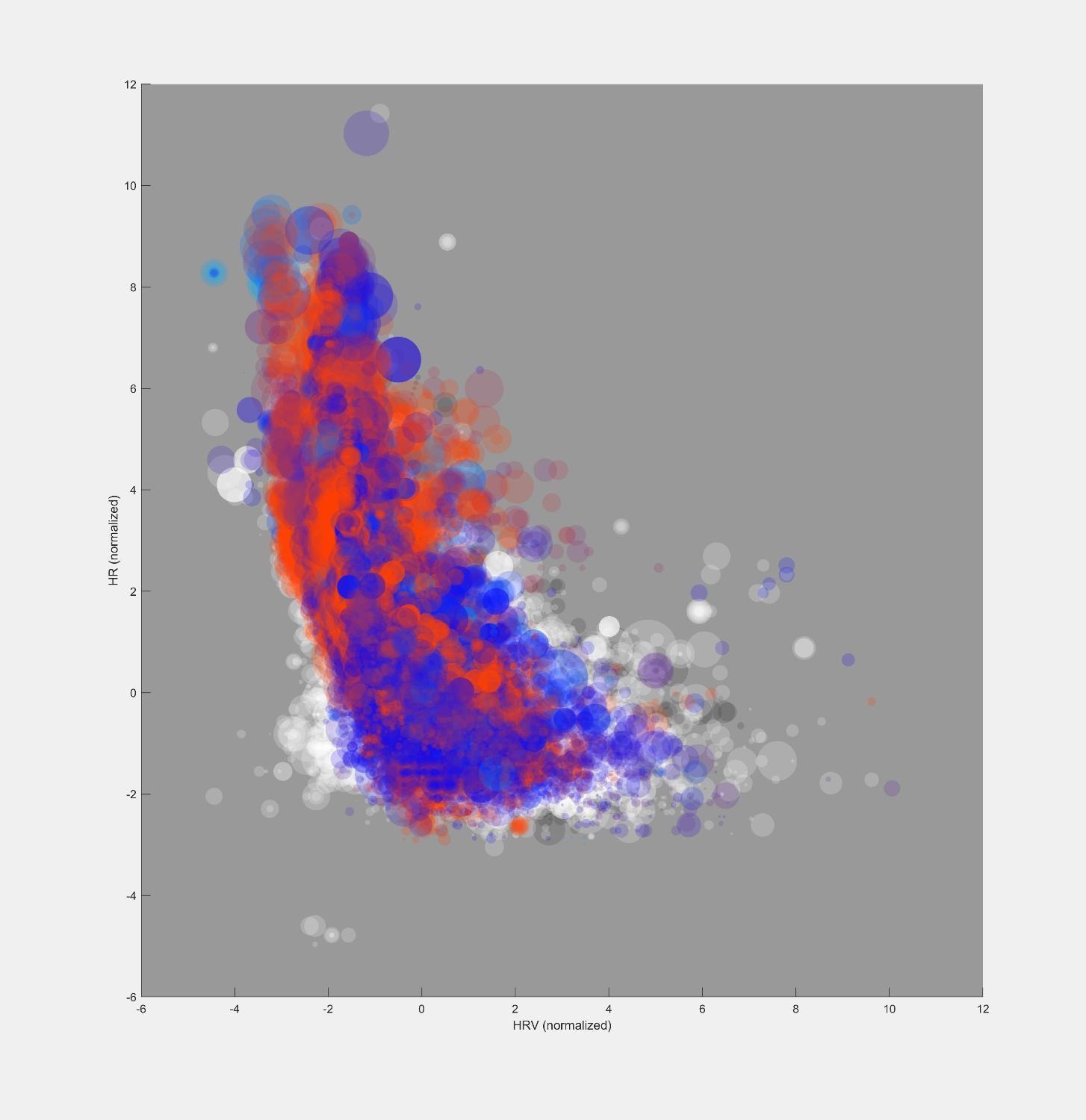Dec 15 2020
According to a group of scientists from the University of California, San Diego, the University of California, San Francisco (UC San Francisco) and MIT Lincoln Lab, temperature data obtained by wearable devices attached to the finger can be consistently used to spot the onset of fevers—a prominent symptom of both the flu and COVID-19.

Image Credit: University of California, San Diego.
The team has published the results of their study in an article titled “Feasibility of continuous fever monitoring using wearable devices” in the Scientific Reports journal. The researchers pointed out that the new study is a proof-of-concept effort with information obtained from just 50 participants, who reported the COVID-19 infection.
The article in the Scientific Reports journal is the first published outcome from TemPredict, a project that involved over 65,000 individuals wearing a ring developed by Oura—a Finnish startup; the ring records respiratory rate, heart rate, temperature and activity levels.
The objective of the new study is to create an algorithm that can estimate the onset of symptoms, like fatigue, cough and fever, which are characteristics of the ongoing COVID-19 disease. According to the team, they hope to achieve that objective by the end of 2020. They also believe that the new algorithms will enable public health officials to act sooner to prevent the transmission of the virus.
This isn’t just a science problem, it’s a social problem. With wearable devices that can measure temperature, we can begin to envision a public COVID early alert system.
Benjamin Smarr, Study Corresponding Author and Professor, Department of Bioengineering and the Halicioglu Data Sciences Institute, University of California, San Diego
But professor Smarr added that such efforts can actually work only if users from different backgrounds feel safe enough to share their data information. All personal information, such as location, is removed from the data and every subject is recognized by an arbitrary identifying number.
Professor Smarr is the data analytics lead of the TemPredict study. The principal investigator of the study is Ashley Mason, a professor in the Department of Psychiatry and the Osher Center for Integrative Medicine at UC San Francisco.
If wearables allow us to detect COVID-19 early, people can begin physical isolation practices and obtain testing so as to reduce the spread of the virus. In this way, an ounce of prevention may be worth even more than a pound of cure.
Ashley Mason, Study Principal Investigator and Professor, Department of Psychiatry and Osher Center for Integrative Medicine, University of California, San Francisco
Wearable devices, like the Oura ring, are capable of collecting temperature data constantly around the clock, enabling scientists to quantify the real temperature baselines of people and detect fever peaks more precisely.
Temperature varies not only from person to person but also for the same person at different times of the day.
Benjamin Smarr, Study Corresponding Author and Professor, Department of Bioengineering and the Halicioglu Data Sciences Institute, University of California, San Diego
Professor Smarr further explained that the new study emphasizes the significance of gathering information constantly over an extended time. Incidentally, the absence of constant information is also the reason why temperature spot checks are ineffective when it comes to identifying COVID-19.
Professor Smarr added that such temperature spot checks are equal to catching a syllable every minute in a conversation, instead of entire sentences.
In the article published in the Scientific Reports journal, professor Smarr and collaborators observed that fever onset usually occurred before subjects were reporting the COVID-19 symptoms and even in those individuals who never reported other kinds of symptoms.
“It supports the hypothesis that some fever-like events may go unreported or unnoticed without being truly asymptomatic. Wearables therefore may contribute to identifying rates of asymptomatic [illness] as opposed to unreported illness, [which is] of special importance in the COVID-19 pandemic,” wrote the investigators.
In the latest study, all the 50 subjects owned Oura rings and had experienced the COVID-19 disease prior to joining the TemPredict project. The subjects gave symptom summaries related to their illnesses and provided the investigators access to the information collected by their Oura rings during the time of their sickness.
The indicator for the onset of fever was not subtle, added professor Smarr. “The chart tracking people who had a fever looked like it was on fire.”
The information obtained as part of the following TemPredict project involved a total of 65,000 subjects and this information will be preserved at the San Diego Supercomputer Center at UC San Diego, wherein a group headed by Ilkay Altintas is creating a portal to facilitate other investigators to access this information for other studies.
“The data collected has great potential to be linked with other datasets making individual and societal scale models be combined to further understand the disease. The easier we can make to share the data and optimize the use of it through digital technologies, the quicker other researchers will make use of it in their studies,” stated Ilkay Altintas, the chief data science officer from the San Diego Supercomputer Center.
The team is also continuing its efforts to recruit a varied pool of subjects reflecting the U.S. population.
“We need to make sure that our algorithms work for everyone,” concluded professor Smarr.
In the days to come, the investigators have planned to widen their early detection techniques to other types of infectious diseases, including the flu.
Journal Reference
Smarr, B. L., et al. (2020) Feasibility of continuous fever monitoring using wearable devices. Scientific Reports. doi.org/10.1038/s41598-020-78355-6.